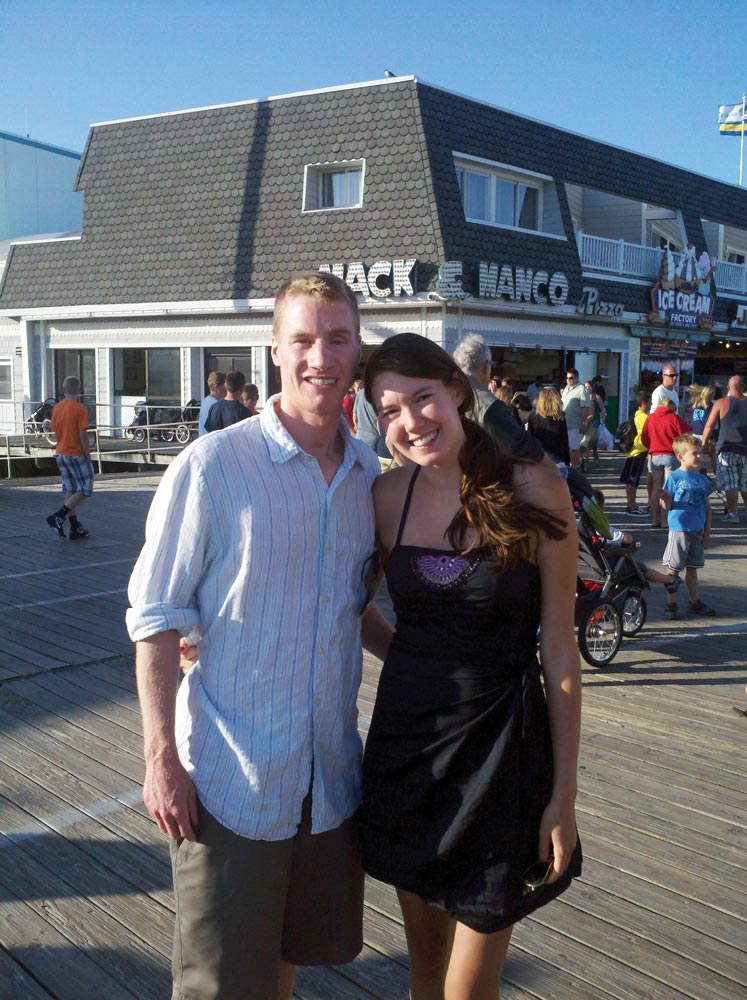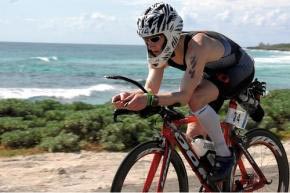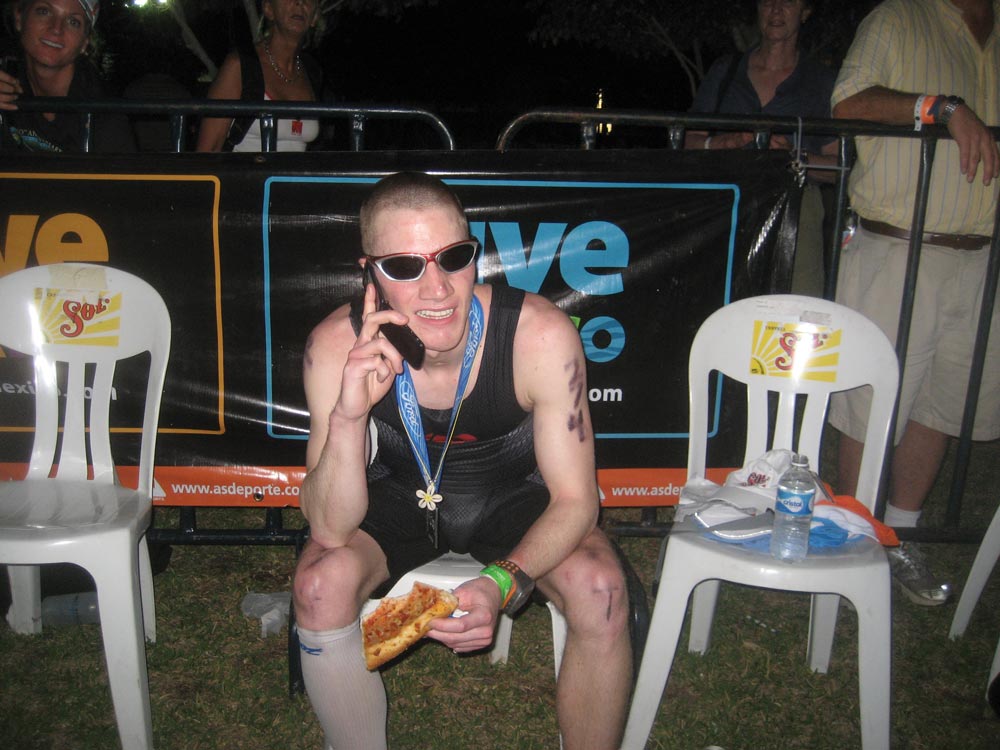After Disaster Strikes
Matthew Miller’s incredible story of recovery
In most stories like this one, there's a low point. A moment where the protagonist breaks. A day where nobody is sure when or even if the situation is going to turn around.

Not in Matthew Miller's story.
"As a writer, I'm looking for the point where he does break," says Pulitzer Prize-winner and Philadelphia Inquirer columnist Michael Vitez (Col '79), author of The Road Back: A Journey of Grace and Grit. "And he doesn't. I couldn't find it. The people who love him the most couldn't."
In 2008, Miller (Col '10) was a walk-on swimmer turned triathlete at UVA. He was riding his bicycle during a training run on the Blue Ridge Parkway when he lost control as a caravan of classic cars passed by in the opposite lane. Miller plowed into an oncoming Porsche, breaking every bone in his face. As plastic surgeon Stephen Park would later describe it in Vitez's book, it was "like a piece of fine china dropped from 20 feet."
An anesthesiologist from Martha Jefferson Hospital was driving the car behind that Porsche and his action on the scene got Miller to breathe again. After that, an unlikely series of events allowed Miller to survive, and even more miraculously, recover quickly.
"It's the perfect storm in reverse—everything had to go well," Vitez says. "Everything had to be perfect, and it was."
Vitez first reported on Miller's accident and subsequent recovery after the story was relayed to him at a friendly poker game in Philadelphia. A fellow player said to Vitez one night, "You went to UVA, and it's an unbelievable story what's happening with my boss who went to Virginia and his son who's there now." He explained the evolving story of Philadelphia native Matt Miller, his parents Mike (Col '74, Law '77) and Nancy Miller (Col '74) and Matt's now fiancée Emily Privette (Col '10). The narrative appealed to every writer's instinct in Vitez.

He continued to keep up with Miller and his recovery, which came after a critical surgery that helped prevent an aneurysm from causing a stroke and two separate surgeries to reconstruct his face. Despite suffering through the accident near the end of the first semester of his third year, Miller managed to get out of the hospital, post straight A's that same semester and stay on track with his studies, graduating on time in the spring of 2010.
He even matriculated to the University of Pennsylvania for medical school after graduating, but that wasn't enough for Miller. Not by a long shot.
Early in his recovery, Miller made it clear he was going to complete an Ironman triathlon, the kind of event he'd been training for that fateful day on the Blue Ridge Parkway. He couldn't be deterred from that path, soldiering on no matter what obstacles got in his way. He competed in an Ironman in November of 2010 in Cozumel, Mexico. Miller explained his mindset as he stood at the starting line for the event.
"How incredible it is, how blessed I am, just to be able to start this race. Two years ago exactly I was leaving the hospital," Miller told Vitez in 2010.

"There was a big debate in the family over whether he was ready and his brain was ready," Vitez said.
Like most things with Miller, he never wavered; instead, he drastically exceeded expectations, scoring 19 out of 20 on the test.

Vitez details the doctors and medical procedures that made Miller's survival possible, showing the community effort it took to push Miller through and give him the best chance for success in recovery and beyond.
Miller overcame a horrific injury and not only achieved a reasonable quality of life, which would have been a triumph on its own, but he also fought hard for the life he desired for himself before the accident.
That came out of his unflinching will. A will that didn't allow hopelessness—even at his most vulnerable times—to derail him. He never broke.
Vitez says, "He never gave up faith that he was going to get better."